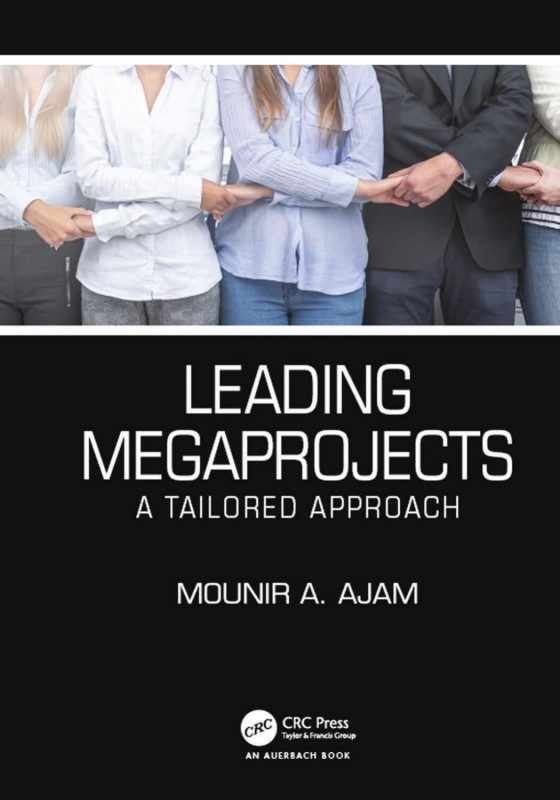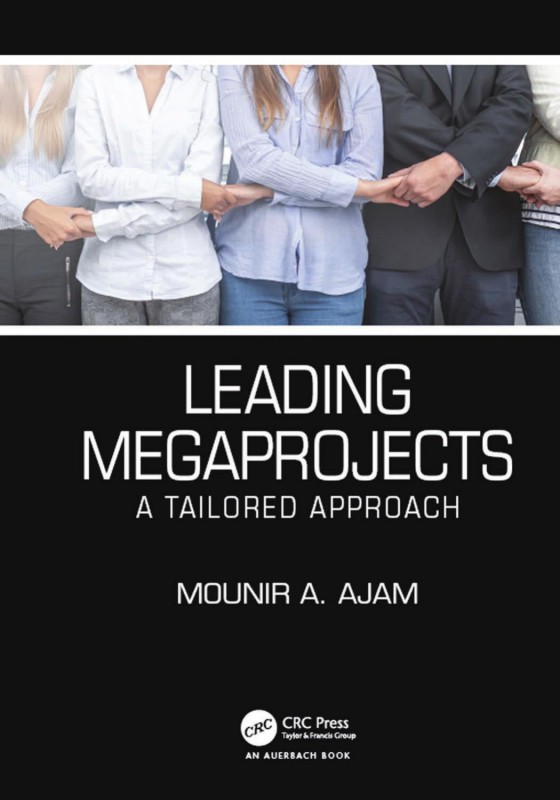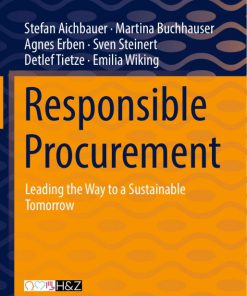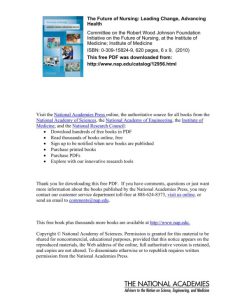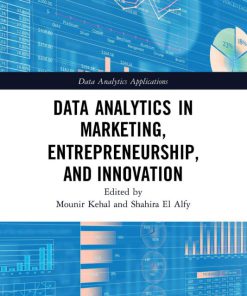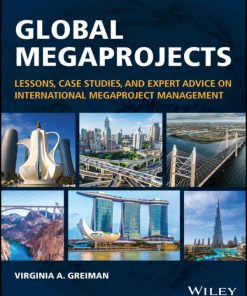Leading Megaprojects A Tailored Approach 1st edition by Mounir Ajam 9781000046762 1000046761
Original price was: $50.00.$25.00Current price is: $25.00.
Authors:Mounir A. Ajam , Series:Management [204] , Tags:Technical Project Management; Engineering Project Management , Author sort:Ajam, Mounir A. , Ids:9781032081908 , Languages:Languages:eng , Published:Published:Aug 2021 , Publisher:CRC Press , Comments:Comments:The performance of megaprojects is questionable, and a large percentage of them fail in one dimension or another. The challenges that contribute to these failures are known. Then why do these projects still fail at a high rate? Leading Megaprojects: A Tailored Approach examines the challenges facing megaprojects and, more importantly, successes in delivering megaprojects. To close the performance gaps in megaproject deliveries, the book presents a customizable model that professionals and organizations can use to increase the chance of successful project delivery. To illustrate the model, it uses examples and case studies, primarily from capital projects, with engineering and construction components. The book also explains how the approach can be applied to all projects, regardless of industry or domain. The book emphasizes the role of leadership because it takes the point of view that megaprojects cannot be successful without great leadership due to their massive size, complexity, number of parties and stakeholders involved, and cost, among other vital factors. Leaders can define the path for a megaproject to guide seasoned managers and project managers to successful closure.The tailored approach is based on a stage-gate project life cycle model, which covers projects from concept to success. However, it is not limited to a purist form of traditional project management. It is a tailored methodological approach, with an emphasis on leading the work, end-to-end, at the project level, along with the management of every stage of the project. Also, it presents the integration of the business, product delivery, and operations management into a cohesive approach. The book concludes with an in-depth simulation showing how the model is can be tailored to deliver a megaproject successfully.

